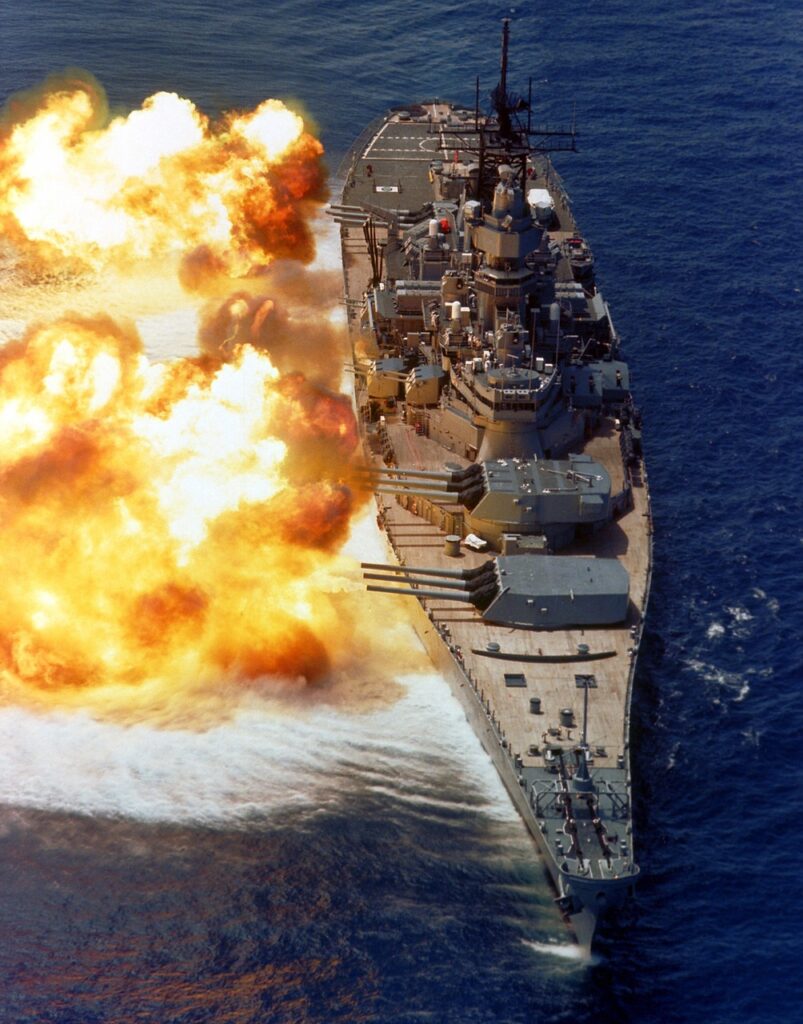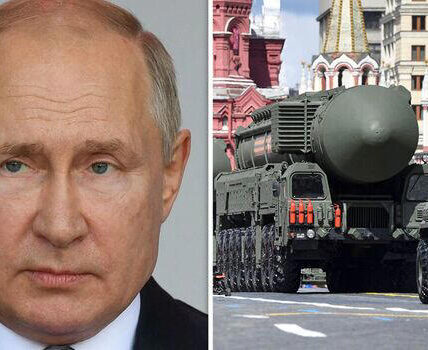Russian Aircraft Carrier: Plans for a New Era in Naval Warfare
Explore Russia’s ambitious plans for a new 100,000-ton aircraft carrier, set to rival Western naval capabilities, including insights into its design, costs, and strategic implications.

© Knewz (UK)
Introduction
In a bold move to bolster its naval capabilities, Russia is forging ahead with plans for a new 100,000-ton aircraft carrier. This mammoth vessel, tentatively named “Storm II,” aims to rival counterparts like the Queen Elizabeth class of the United Kingdom. With discussions centering around its design, costs, and strategic role, let’s delve into what this ambitious project entails.
Design and Specifications
The proposed Russian aircraft carrier, inspired by the twin-island design seen in the Queen Elizabeth class, is envisioned as a formidable addition to the Russian Navy. Initial estimates placed its cost at approximately $5.84 billion, although there are indications that this figure could fluctuate depending on the final specifications. Recent insights suggest the displacement range might be scaled back to between 70,000 to 80,000 tons to manage costs and construction complexities.
Challenges and Considerations
Vladimir Pospelov from Russia’s Military-Industrial Commission underscores the importance of meticulous planning to mitigate risks associated with such a monumental project. He emphasizes the need to avoid prolonged construction delays that could hamper operational readiness and inflate costs beyond budgeted expectations.
Strategic Capabilities
Former Vice Admiral Vladimir Pepeliaev highlights the strategic shift expected with the new aircraft carrier. Unlike its predecessor, the Admiral Kuznetsov, which emphasized missile and aviation capabilities, the new carrier aims to focus primarily on aviation tasks. This includes accommodating advanced aircraft like the Su-57, reflecting Russia’s evolving defense priorities in modern naval warfare.
The Troubled Legacy of the Admiral Kuznetsov
Russia’s current aircraft carrier, the Admiral Kuznetsov, completed in 1995, has been plagued by mechanical issues and operational setbacks. Recent dry-docking due to structural problems underscores its troubled history, including accidents and incidents that have beset its operational capabilities over the years.

© Knewz (UK)
Repairs and Challenges
Currently undergoing extensive repairs until 2025, the Admiral Kuznetsov’s journey has been marred by accidents, including a fatal sinking of a floating dock in 2018 and subsequent fires, highlighting the ongoing challenges in maintaining such complex naval assets.
Future Outlook and Strategic Significance
Looking ahead, the development of the new aircraft carrier represents more than just a technological advancement for Russia. It signals a strategic pivot towards enhancing naval capabilities in a rapidly evolving geopolitical landscape. As global powers invest heavily in naval modernization, Russia’s efforts to bolster its fleet with the Storm II underscore its commitment to maintaining a robust maritime presence.
Conclusion
The prospect of Russia’s new aircraft carrier, with its ambitious design and strategic implications, marks a significant chapter in the nation’s naval ambitions. From addressing operational challenges to redefining strategic priorities, the journey towards realizing the Storm II reflects both the aspirations and complexities of modern naval warfare.
ALSO READ:
“Nuclear Escalation: 5 Terrifying Truths You Must Know”



